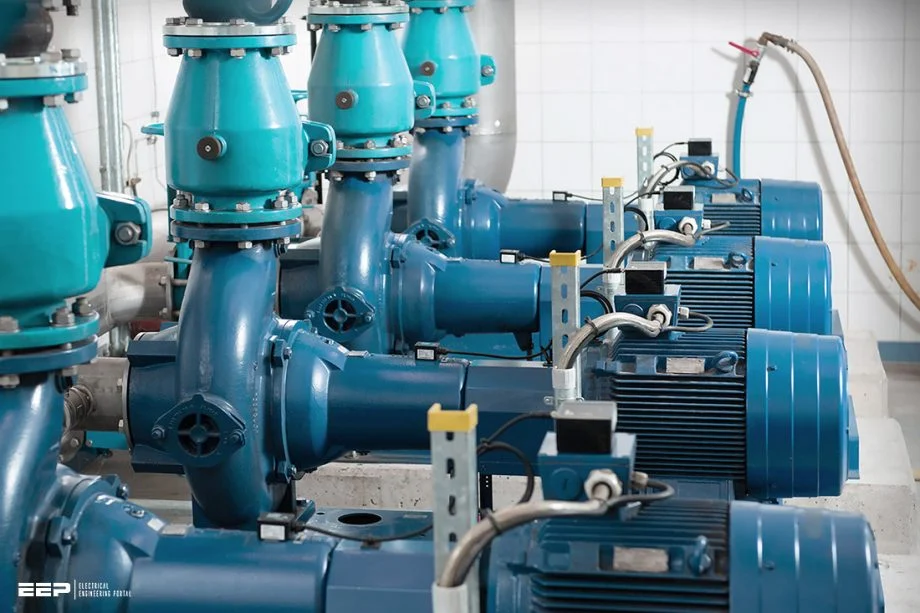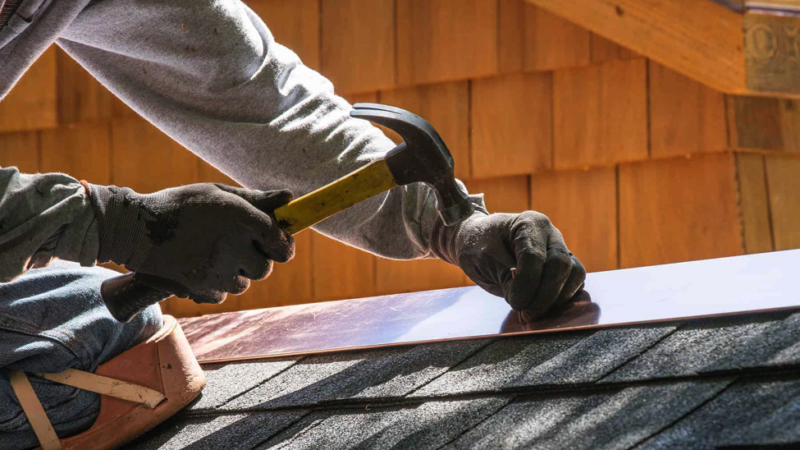Exploring Advanced Pumping Solutions and Current Measurement in Building Systems

In building systems, advanced pumping solutions combined with accurate current-measuring technologies are raising efficiency and sustainability to unprecedented levels in a range of applications. In terms of HVAC systems and water distribution, these innovations are critical to improving resource efficiency as well as performance overall.
Advanced Pumping Solutions:
- Variable Speed Pumping:
Traditional fixed-speed Pumps run at a constant speed, wasting energy during periods of lower demand. More advanced pumping systems, such as variable speed pumps have the ability to vary their speed in accordance with real-time requirements. Not only does this save energy, it also prolongs the life of the pump.
- Smart Pumping Systems:
Sensors, data analysis, and automation are used in smart or intelligent pumping systems to optimize performance. They’re able automatically to adjust pump speed, pressure, and flow rate in accordance with changing conditions. Smart pumping solutions improve reliability and lower operating costs.
- High-Efficiency Pump Designs:
Maximum efficiency is the focus of modern pump design. This involves using advanced materials and precise engineering, as well as streamlined configurations. High-efficiency pumps have energy savings, lower repair costs, and less environmental impact.
- Dual-Stage Pumping Systems:
Combining several pumping stages into dual-stage pumps provides a more sensitive response to different demands. These systems use different stages according to the pressures needed, making energy consumption more efficient and increasing overall system resilience.
Current Measurement in Building Systems:
- Power Monitoring for Pumps:
The energy consumption of pumping systems must be accurately measured in order to evaluate them. Current sensors and meters provide building managers with real-time data on the power being pumped so that energy use can be optimized.
- Current Transducers:
Current transducers change electrical current into a proportional signal that can be easily measured and monitored. In building systems these devices are arguably most important in providing accurate data for current measurement, contributing to a precise understanding of such things as energy loss or potential problems.
- Non-Intrusive Current Measurement:
Among the technologies for measuring current, those that use non-intrusive measurement are valuable because they do not disturb the electrical system. One example is clamp-on current sensors (CCS). These are particularly convenient for retrofitting existing building systems without extended downtime.
- Integration with Building Management Systems (BMS):
Often, current data on measurement is incorporated into Building Management Systems (BMS). This integration allows for central control and monitoring of a number of building components, including pumps. Proactive maintenance, energy optimization, and improved overall system performance are all enabled by BMS platforms.
Conclusion:
In building systems, delving into such advanced pumping solutions and current measurement technologies is an important step toward more ecological but also highly efficient and intelligent infrastructures. These innovations combine synergistically to give building managers the tools they need to make wise choices, allocate resources rationally, and reduce the consumption of industrial energy.
To check on H721HC, please follow the link.







